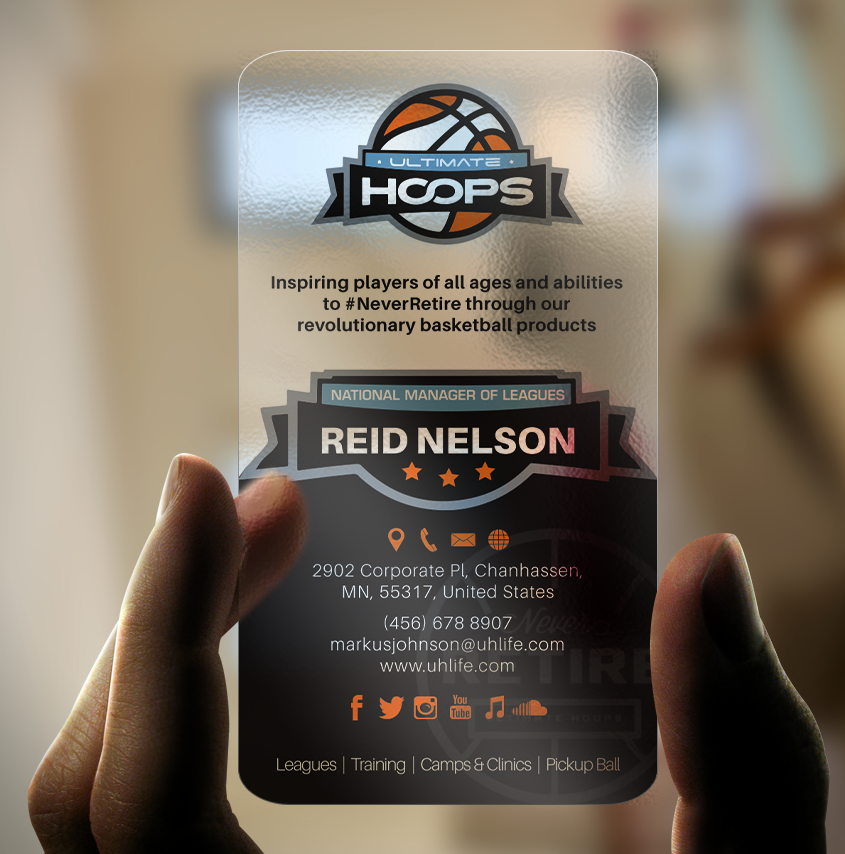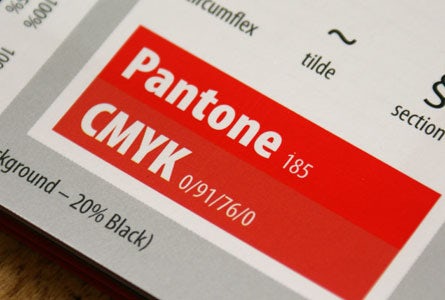If you’re in the market for brochures, business cards, posters or other marketing materials, you already know that you’re going to need to come up with the perfect design, color scheme, copy and layout. However, even after you’ve checked off all of those boxes, there’s another very important decision to make: choosing between digital vs. offset printing.
In this post, we’ll cover the differences between the two printing techniques and show what their benefits and drawbacks look like. We’ll also list the factors that should go into your decision as you choose the best process for your project. And naturally, we’ll look at some examples so you can get the best sense of both digital and offset printing in action.
Offset printing: going old school
—

Offset printing, also called lithography, is the most common kind of printing for high volume commercial jobs. Ever seen videos of newspapers running through big rolls? That’s offset printing.
Here’s how it works: First, the printer burns the design onto metal plates—one for each color. Typically, four colors are used (cyan, magenta, yellow and black (key), abbreviated CMYK), but offset printing also allows for custom ink colors (most notably Pantone colors) to be used instead.
Next, the design is transferred from the plates onto rubber rolls. The different colors of ink are spread onto the rubber and then the paper is run between them. The paper goes through all of the rolls, layering on the color, to get the final image.
The benefits of offset printing
- Superior image quality that is reliable. Count on offset printing for clean, distinct type and images without streaks or spots
- Better color fidelity, which refers to both the accuracy of the colors and their balance in the design. Because offset printing can mix custom color inks for each job, it’s naturally going to get the colors spot-on.
- Works equally well on almost any kind of material.
- For large volume jobs, you get more for your money. It costs a lot to start an offset job. You have to invest money into creating the plates, which takes time. However, once you’ve invested it, all of the materials are ready to go, and you’ll actually spend less on big offset jobs than a digital print, which is about same per piece no matter how big the job gets.
The drawbacks of offset printing
- High cost of low-volume jobs
- Longer timetable since plates need to be created
- Worse fallout in case there’s an error. If you don’t catch a typo on a plate and ruin a batch it’s harder to fix and the process starts all over again

Digital printing: the new kid in town
—
When digital printing came onto the scene, it saw how much work offset printing was doing and the mechanical steps it required, and said, “nah.” This technique skips the proofs, plates and rubber bed and applies a design directly to the printing surface, either with liquid ink or powdered toner.
The inkjet or laserjet you hook up to your computer at home? That’s a digital printer. Large printing companies have ones that are bigger, faster and more precise, but it’s the same concept.
The benefits of digital printing:
- Faster turnaround time
- Each print is identical. You risk fewer odd variations caused by imbalances in water and ink.
- Cheaper for low volume jobs. The price per unit drops for offset printing, so at some point they criss-cross.
- Changing information within a single print job. For example, say you were printing out postcards advertising a concert. You could dactually change the dates and locations for part of the batch to create two sets of cards for two shows.
The drawbacks of digital printing:
- Fewer options in materials you can print on
- Less color fidelity is possible with digital printing because digital jobs use standard inks that cannot exactly match all colors. Offset jobs use specially mixed inks, which will always be a closer match. Digital is improving and getting closer with blended inks, but those inks still do not match as well as a custom mix.
- Higher cost for large-volume jobs
- Slightly lower quality, sharpness and crispness
Decisions, decisions: how to decide between digital vs. offset printing
—
If you’re still not sure whether to use digital vs. offset printing for your next project, run down this list to focus in on the right choice:
Volume: how big is the project?
If your project is big enough to overcome the front-end costs—and by that we’re typically talking over 500 pieces—offset printing will give you an advantage. You’ll get a great looking print that will likely cost less at a high enough volume.
Time: are you in a hurry?
Digital runs away with the prize. Offset printing just can’t be done last minute.

Material: what are you printing on?
Are you hoping for some unique business cards on metal or plastic? Or an unusual marketing handout on some other surface? Digital options are more flexible than ever before, but offset printing still has a leg up.
Color: how much, what kind, and how true?
Does this job need color? If it’s black and white or just one or two colors (and the volume is high enough), offset printing may be the right choice. If you need basic four-color printing, digital may be the best, most cost-effective solution.

However, if perfect color is absolutely essential (for example, if you need to use the Pantone® Matching System), use offset printing. The offset process uses actual Pantone® ink for a perfect match, whereas digital just gives you its best approximation of the color.
Custom work: Do you need something special?
How unique are you getting here? There’s no doubt that digital printing is the easiest, cheapest way to customize your projects, even within the same printing.
Proofs: will you need to see a sample first?
If you need to see a printed sample before taking the plunge, digital holds the advantage. To get a color proof for an offset project, you’ll need to execute the hardest parts of the project (plates and ink), which gets very expensive.
Type: what are you printing?
Business cards, thank you notes, cards or invitations?
Black and white or just one or two colors? If yes, and you need more than 500, choose offset.
If yes, but you just need a few, choose digital. Same goes for full color. Digital is the way to go…
. . .unless you have a very specific need to match a Pantone® color exactly. Then, choose offset.
Posters or book jackets?
If so, you’ll need higher quality printing to make the images look perfect. Go with offset if you can.
High-volume newspapers or newsletters?
Offset printing is the way to go.

The bottom line
—
While personal preference certainly plays a role, the differences between digital vs. offset printing allow you to make some smart decisions when you’re choosing which method will best serve your project. Like anything else, working with a designer can give you a great deal of added insight, so if you’re still not sure which is best for your project, don’t hesitate to get expert help!
